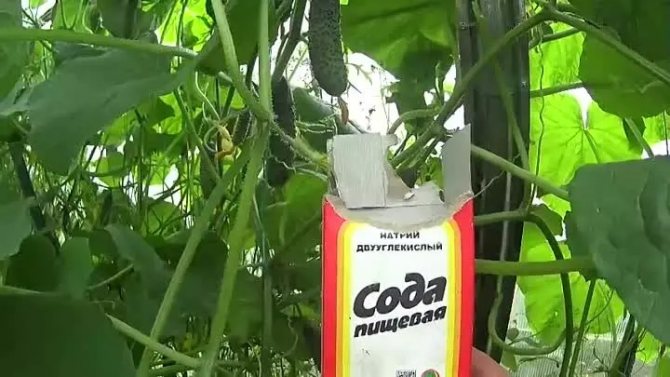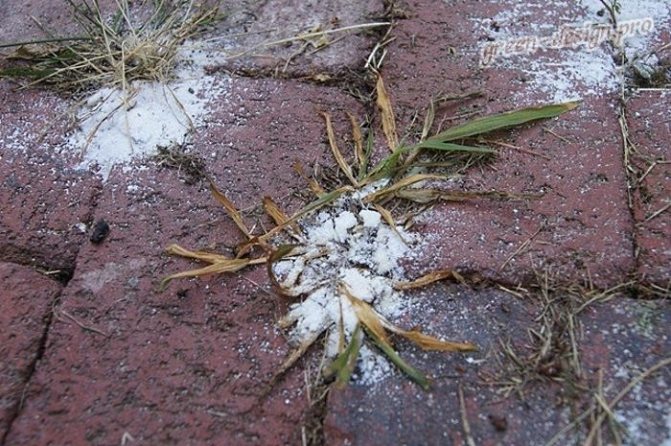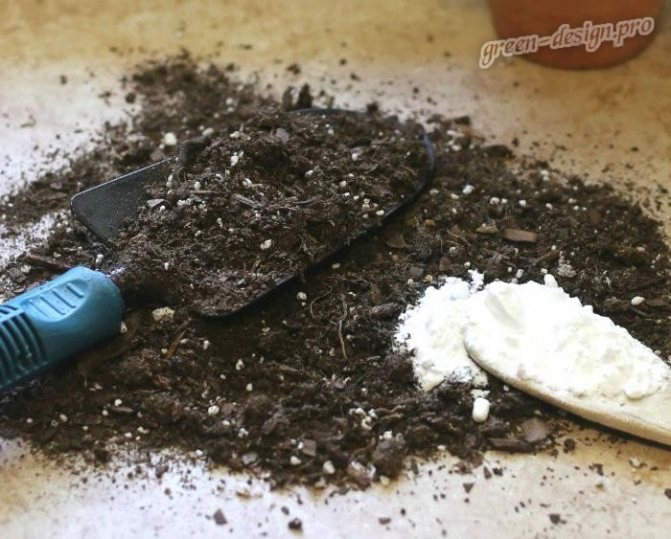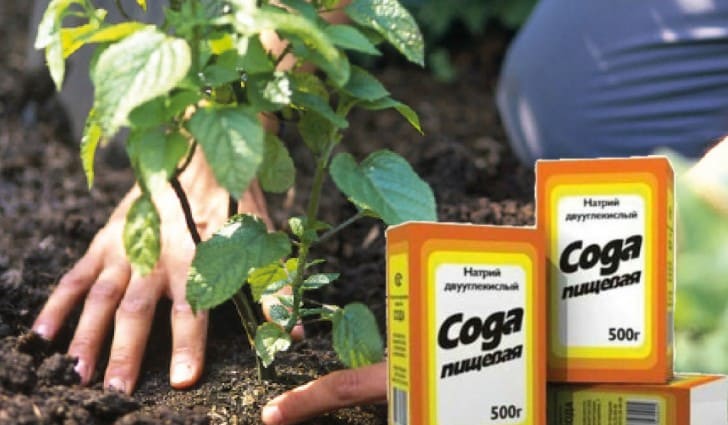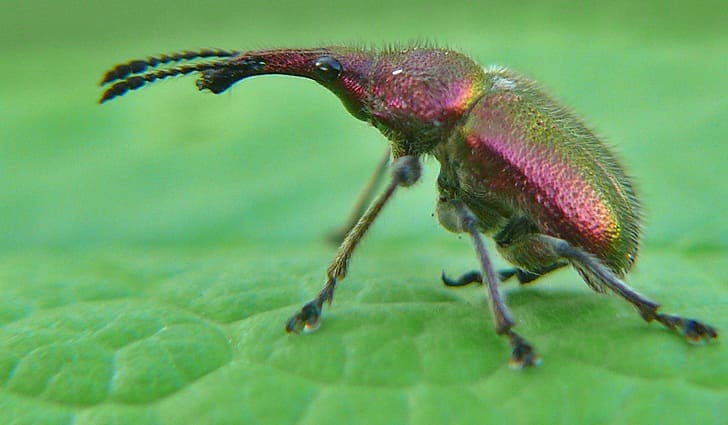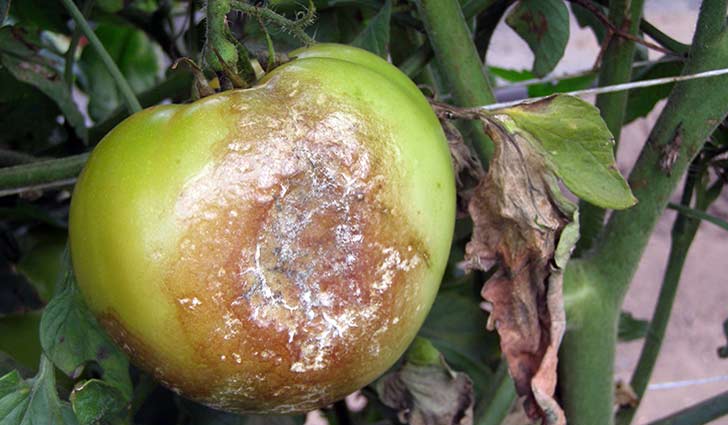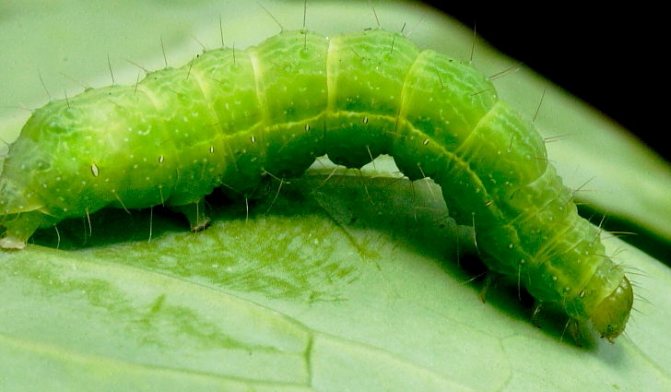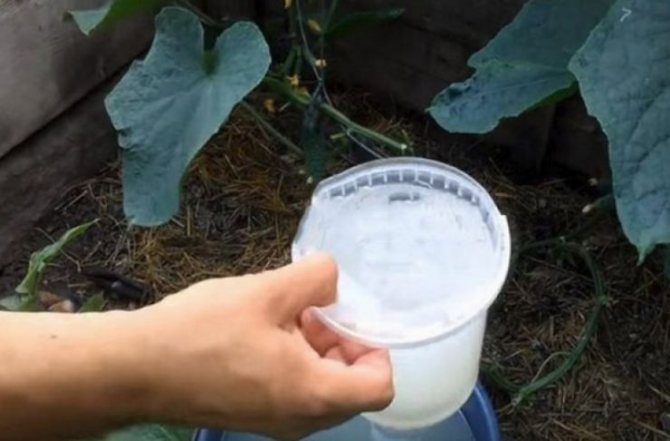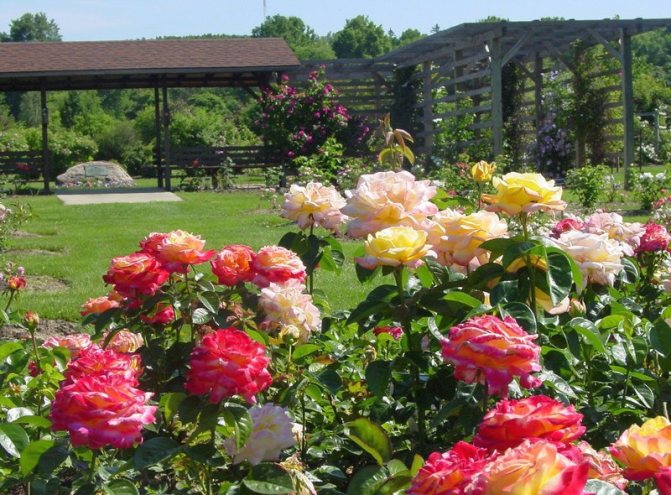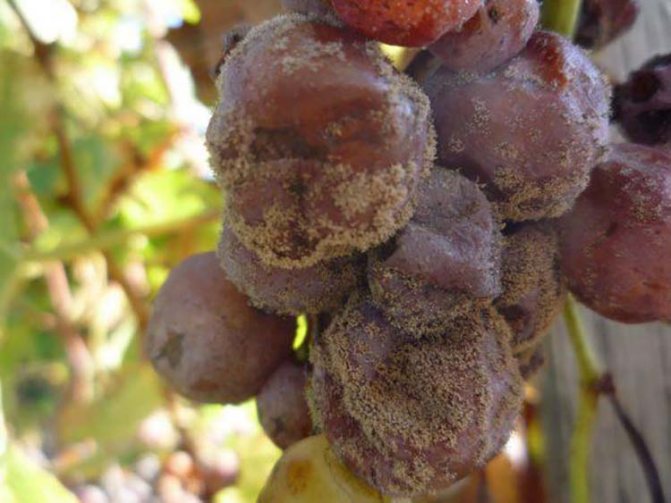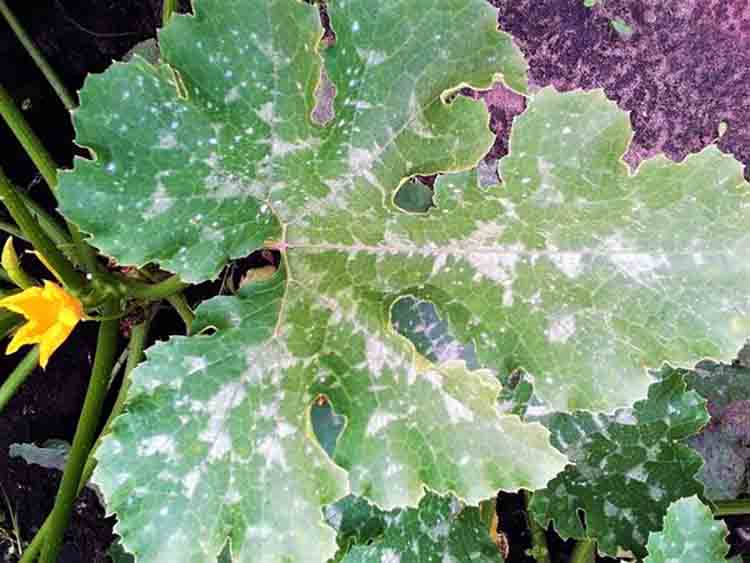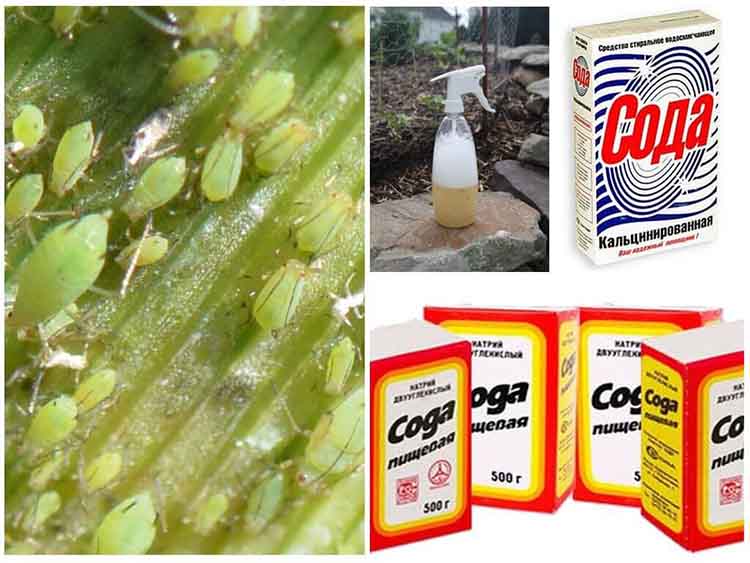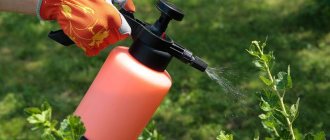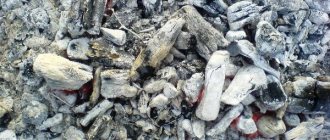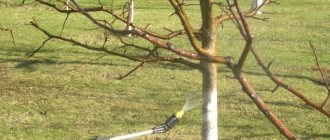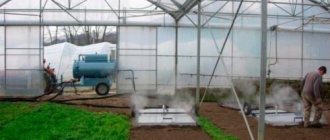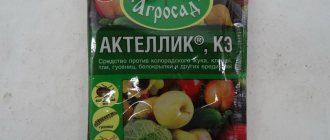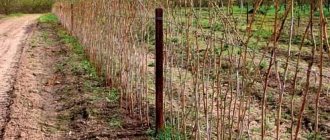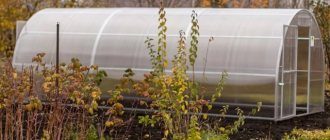Sodium bicarbonate or baking soda can be used not only in cooking, but also in your summer cottage. Experienced gardeners and gardeners use it from the beginning of the sowing season to disinfect seeds, and in the summer, using sodium bicarbonate, they treat plants for diseases and destroy pests on shrubs, vegetables and other crops. Using soda in the garden, you will not need to buy expensive drugs, because a budgetary and well-known product - baking soda - will help to get rid of many summer problems.
Disinfection of seeds
Soda has antiseptic and disinfecting properties, so it can be used instead of potassium permanganate. Using a soda solution will help rid infected seeds of viruses and bacteria.
How to soak seeds in baking soda:
- dilute 5 grams (in a teaspoon - 7 g) of soda in one liter of water;
- put the planting material on a cloth or cotton pads;
- soak pumpkin, zucchini and cucumber seeds in a soda solution for 12 hours, and planting material of other crops for a day.
We save the viburnum
Soda ash, the use of which in the garden shows successful results, can help in the fight against the viburnum leaf beetle - a beetle that feeds and develops exclusively on viburnum. The dirty gray larvae that overwintered in the bark of young shoots cause enormous damage to the plant: the pests simply riddled the leaves and are able to completely gnaw the bush, depriving it of its green mass.
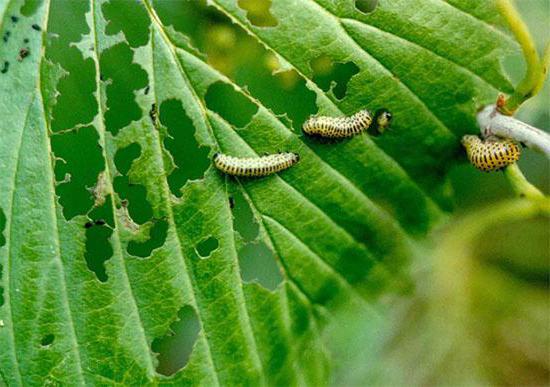
To protect the viburnum bush, it is recommended to treat the leaves from the underside with a solution consisting of 10 liters of water, a bar of green soap and a tablespoon of soda. Apply once a week until the pest disappears completely.
Soil deacidification
Soda is a good deoxidizer, so it is often used in areas with acidic soil.
To find out if the soil in your garden is acidic or not, you can use soda powder. It is enough to sprinkle it on the ground, and if it starts to sizzle and foam, the soil is acidic. The absence of bubbles will indicate a neutral pH, and if there are few bubbles, the soil is slightly acidic. It is best to take the earth from a depth of about 20 cm.
It is important! It is not recommended to use baking soda on alkaline soils in areas where there is little rainfall. Otherwise, you may get a type of soil - saline, which is harmful to vegetation.
You will be interested to know: Ammonia as a fertilizer for plants: application, treatment of plants with ammonia
Ways to use baking soda for soil deoxidation:
- Sprinkle the soil with a small layer of powder and shed the bed well.
- Dig a bed, pour it with a solution of 1 liter of water and 150 g of sodium bicarbonate, level the area with a rake.
- Add a small pinch of powder to the hole when planting plants, after mixing it with the ground. This application will also prevent root rot.
Hygiene and protection
Order and cleanliness are important not only in gardens and vegetable gardens, it is necessary to comply with hygienic requirements in relation to rooms, garden buildings, swimming pools, utensils. Hand contamination is common when working with soil and plants and must also be protected from dirt and germs.
Pool disinfection
Swimming pools in country houses have become commonplace. After a hard day, it is pleasant to plunge into clean water, relax, give rest to the strained muscles. Children splash with pleasure in the pools: inflatable, frame and stationary. It is often difficult to change the water in these rather large containers, so you can extend the time for changing the water by disinfecting it with soda.
When filling the pool with water, you need to pour powder into it, at the rate of: 1 teaspoon per 1 m3 of container.
Clean dishes at home and in the country
Dishwashing detergents are harmless, but still chemicals that need to be thoroughly washed off, use a lot of water. Baking soda powder will clean dishes of grease and food debris in a matter of minutes; much less clean water is used for rinsing.
Anesthetic for dirty hands


Gardeners when working on the site use gloves: rubber, cotton or combined. Some of them are often torn, others get soaked from damp earth and plant juices. The skin on the hands absorbs these unpleasant impurities even through the protective layer of the gloves.
Our advice is:
- in 1 teaspoon of water, saturate ½ tsp. soda powder, stir;
- apply the resulting mushy mixture to the skin of your hands and rub it lightly;
- after 5-7 minutes wash off with plain water
- apply a thin layer of cream or moisturizing gel.
Stubborn dirt will disappear after 2-3 treatments.
Mosquitoes can't reach us
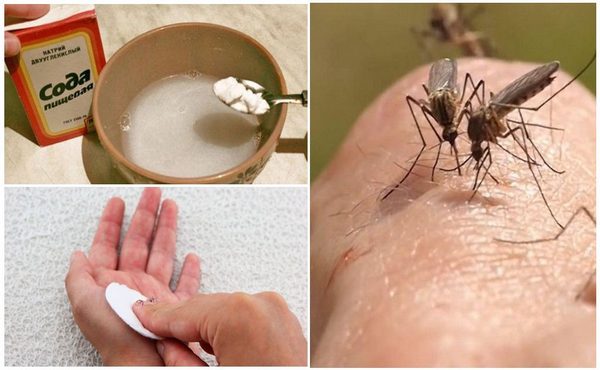

Pleasant chores in the garden or in the garden become completely unpleasant if the places of mosquito bites "get" you: itching, itching, haunted. To relieve such symptoms, you just need to put a cotton pad dipped in soda gruel on the bite site (see above). Itching and skin irritation will stop bothering you after 2-3 applications.
Bad smells - away
Toilets and compost heaps are places where fermentation and decay of food and plant waste occurs, and they cannot do without a specific amber. It can spread tens of meters, annoying not only you, but also your neighbors. Regular sprinkling of baking soda powder will significantly reduce this distance, sodium bicarbonate banning odors "locked up".
Soda as fertilizer
You can use baking soda as a top dressing for both young and mature plants. Watering and spraying with a solution of soda will protect plants from many diseases and pests, increase productivity, and improve the taste of fruits.
For tomatoes
Tomatoes are sprayed with a 0.5% soda solution, and watered with a 3.5% solution. You can use soda as fertilizer for tomatoes once every 7-10 days.
For the prevention of late blight, tomatoes are sprayed with a solution of 3 tablespoons of sodium bicarbonate and a bucket (10 l) of water. Such procedures are carried out every 7-10 days, starting treatment 2 weeks after planting tomato seedlings.
For cucumbers
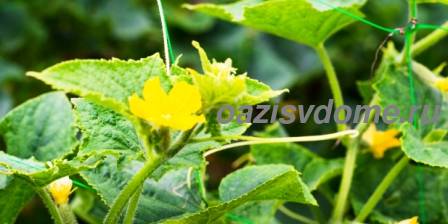

Cucumbers with a soda solution of low concentration (for 10 liters of water - 1 tablespoon of powder) can be watered every other day, but it is not recommended to get carried away with watering. If there are many female flowers on the cucumbers, the bushes are watered with a solution prepared from 2 tbsp. l. powder and 1 liter of water.
Using soda for cucumbers will prolong fruiting, stop the aging of the bush and maintain the required level of acidity in the soil.
For grapes
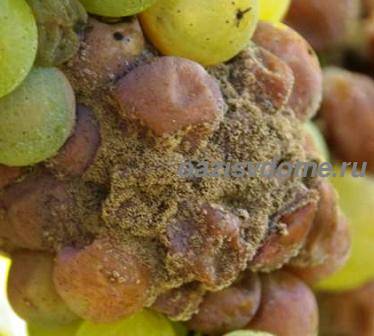

Grapes are often affected by gray mold, which can be protected by spraying with a soda solution. As a fertilizer, soda for grapes will increase the sugar content of the fruit. Spraying is carried out with a 5% powder solution.
For cabbage
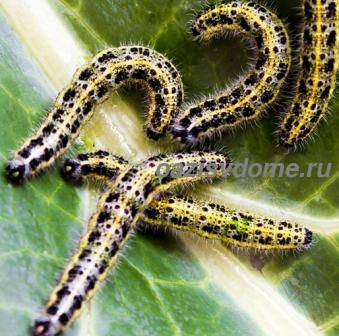

The use of soda for growing cabbage will help the seedlings develop after planting in the garden, and on adult plants it will keep the heads of cabbage from cracking. After using the soda solution, the cabbage will be stored longer and better. A solution is prepared from 5 liters of water and 10 g (1/2 tablespoon) of soda.
It will be interesting for you to know: Boric acid for tomatoes and cucumbers, peppers, strawberries and other plants: spraying and application, how to breed
To protect the cabbage from eating caterpillars, you can use a mixture of equal parts baking soda and flour, which is evenly sprinkled on the soil.
Top dressing for tomatoes
Baking soda, which is used as a baking powder in cooking, can be used as a top dressing for tomatoes. In order to increase the number of ovaries and accelerate the ripening of fruits, the product is used in two ways.
For irrigation, a solution is prepared at a concentration of 3.5%, and for foliar feeding (spraying), the strength of the substance should be about 0.5%.
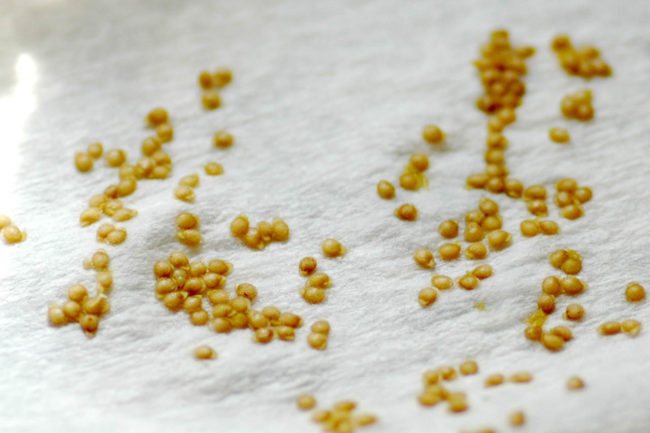

How to get rid of a weevil
Soda will help destroy the pest that infects strawberries and raspberries, damaging their ovaries. To destroy the weevil, a soda solution is prepared:
- dilute 2 tablespoons of powder in a bucket of water;
- spray the bushes abundantly and moisten the soil under the plantings with it;
- during the season, two or three procedures are carried out with a break of 5 days.
You will be interested to know: Cooking yeast for plant nutrition: how to fertilize cucumbers and tomatoes, peppers, strawberries and flowers with yeast
Rejuvenation of rose bushes
Benefits of sodium carbonate, which is an economically beneficial substance, for the procedure for rejuvenating rose bushes.
Cooking algorithm:
- Combine Epsom salt with soda ash - 2 tsp each.
- Add ammonia to the resulting mixture - 1 tsp.
- Pour cool water into a bucket - 10 liters.
- Assorted prepared on the basis of sodium carbonate is dissolved in it without residue.
Recommended for you:
How and why to process onions with soda
The bushes of the enchanting rose are sprayed every 10 days.
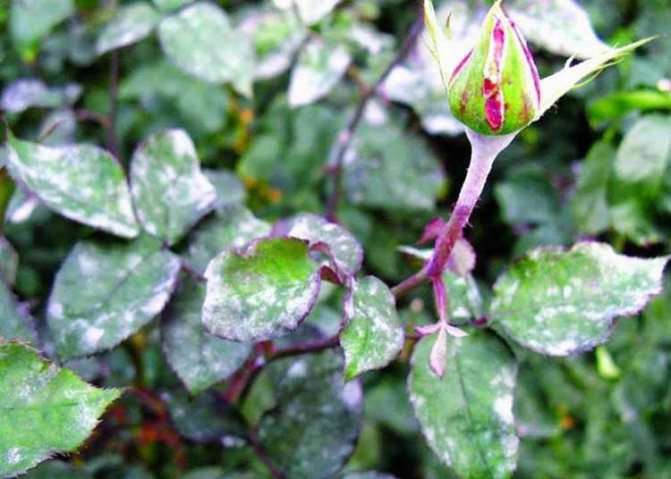

Application features
When preparing and using a soda solution, observe the following rules:
- Use the solution immediately after preparation, as it will lose its properties after three hours.
- Do not use metal buckets or other containers for preparing an alkaline solution.
- The containers must be clean, without residues on the walls of products and fertilizers.
- Do not use hot water to prepare the soda solution. Dissolve the powder in lukewarm water only.
- Make sure that the pure soda does not get on the leaves of the plants, which can burn out under the influence of the powder.
- To prevent the solution from dripping off the foliage, add a little liquid soap to it.
Baking soda can help fight plant pests and diseases, but don't use it thoughtlessly. Focus on the acidity of the soil and other conditions of the site, dilute the solutions strictly according to the instructions, and before using them, first do a test watering or spraying.
Weed control
Weeds are a real headache for gardeners. Appearing near paths in the garden, between the beds and tiles, they cause a lot of trouble.
Soda ash can also be used to remedy this problem. If you spray plots of land with a highly concentrated solution of sodium carbonate, then you can forget about weeds for a long time.
Preparing the composition is simple:
- Add 5 tablespoons of baking soda to a 10 liter bucket of water.
- The resulting composition spills areas with weeds.
An increased concentration of alkali in the solution will lead to the death of harmful plants after a couple of days.
It is inadmissible to get soda composition on cultural plantings.
What is the secret to efficiency?
Soda is a product known to everyone, moreover, in almost every home it is in the kitchen cabinet. However, some believe that it can only be used for baking. In fact, the beneficial properties of soda allow us to highlight several areas of its application. Many people successfully use it in the garden and vegetable garden.
Among the main useful properties of soda, its antiseptic and cleansing properties are especially appreciated.This allows the product to be used in the fight against many parasites and pests, protecting plants from them. The chemical composition of soda is very aggressive towards insects. In addition, the use of soda for the garden and garden can be supplemented with other natural substances.
Other factors also affect the efficiency of product use:
- safety for soil, plants and man himself;
- low cost of funds and its availability;
- no need for special processing equipment.

